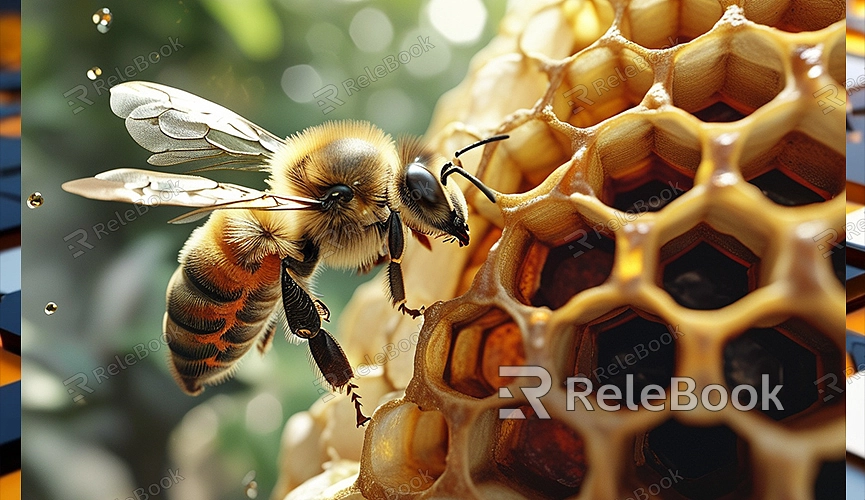How to Render Volumetrics in Blender
Blender is a powerful open-source 3D design software widely used in animation, visual effects, and game development. In 3D rendering, volumetric effects can add realism and depth to your scenes, such as smoke, fog, and clouds. Rendering volumetric effects can significantly enhance the visual impact of your scene, but it requires mastering certain techniques and settings. This article will detail how to render volumetrics in Blender, helping you create more dynamic 3D scenes.
Basic Concept of Volumetric Effects

Volumetric effects are a special rendering technique that simulates the way light interacts with particles in a medium to create visual effects. Common volumetric effects include fog, smoke, and clouds. Blender offers robust volumetric rendering capabilities, making it more intuitive and efficient to create these effects.
Steps to Set Up Volumetric Effects
Create a Volumetric Material
1. Add a Volumetric Material: Start by creating a new material in Blender. In the material panel, change the material type from "Surface" to "Volume." This enables volumetric rendering, allowing you to add volumetric effects.
2. Choose the Volumetric Type: Blender provides various volumetric material types, such as "Volume Absorption," "Volume Scattering," and "Volume Scattering and Absorption." Choose the appropriate type based on your needs. For example, use "Volume Scattering" to create a soft fog effect, while "Volume Absorption" is suitable for simulating dense fog or smoke.
3. Adjust Volumetric Properties: In the volumetric material settings, you can tweak parameters like density, color, and scattering strength. These parameters will affect the appearance and intensity of the volumetric effect. Experimenting with different settings will help you find the best look for your scene.
Apply Volumetric Effects
1. Create a Volumetric Object: Typically, volumetric effects require an object to hold the material. You can use a cube, sphere, or other geometric shapes as the volumetric object. Apply the volumetric material to this object to achieve the desired effect.
2. Adjust the Position and Size of the Volumetric Object: Modify the position and size of the volumetric object to ensure the effect covers the intended area. For instance, if you want to create a fog effect that envelops the entire scene, you may need to adjust the size and shape of the volumetric object accordingly.
Set Up Lighting
The quality of rendering volumetric effects often relies on lighting settings. Proper lighting can enhance the realism and detail of the volumetric effect.
1. Add Light Sources: Introduce appropriate light sources into your scene, such as point lights, area lights, or spotlights. The intensity, color, and position of the light sources will influence how the volumetric effects appear.
2. Adjust Lighting Settings: In the light source settings, you can modify parameters like light intensity, shadow quality, and color. By optimizing the lighting setup, you can make the volumetric effects appear more natural and lively.
Rendering Settings
When rendering volumetric effects in Blender, there are specific rendering settings to consider to ensure quality and performance.
1. Select a Rendering Engine: Blender supports multiple rendering engines, including Cycles and Eevee. For volumetric effects, the Cycles rendering engine typically provides higher quality but slower rendering speeds. If you need real-time preview effects, you can choose Eevee, but you'll need to adjust some settings for accuracy.
2. Adjust Sampling Settings: The quality of rendering volumetric effects is closely tied to sampling settings. In Cycles, increasing the sample count can improve the quality of the volumetric effect, but it will also increase render time. Balance the sample count with rendering speed based on your needs.
3. Optimize Rendering Performance: Rendering volumetric effects can be resource-intensive. You can optimize performance by adjusting volume resolution and reducing ray tracing depth, which can help improve render speeds.
Practice and Adjustments
Creating volumetric effects requires continuous practice and adjustments. In actual operation, you may need to repeatedly tweak volumetric material parameters, lighting settings, and rendering options to achieve the best results. Don’t hesitate to experiment; finding the right settings for your scene is key.
Rendering volumetric effects is an effective way to enhance the realism and expressiveness of 3D scenes. In Blender, rendering volumetric effects involves setting up volumetric materials, adjusting volumetric objects, configuring lighting, and optimizing rendering settings. With the right setups and continuous adjustments, you can create impressive volumetric effects.
If you need a variety of high-quality 3D textures and HDRIs for your models and virtual scenes, you can download them for free from [Relebook](https://textures.relebook.com/). For beautiful 3D models, visit [Relebook](https://3dmodels.relebook.com/), where you’ll find a wide selection of premium 3D resources to help enhance your design quality and efficiency.

